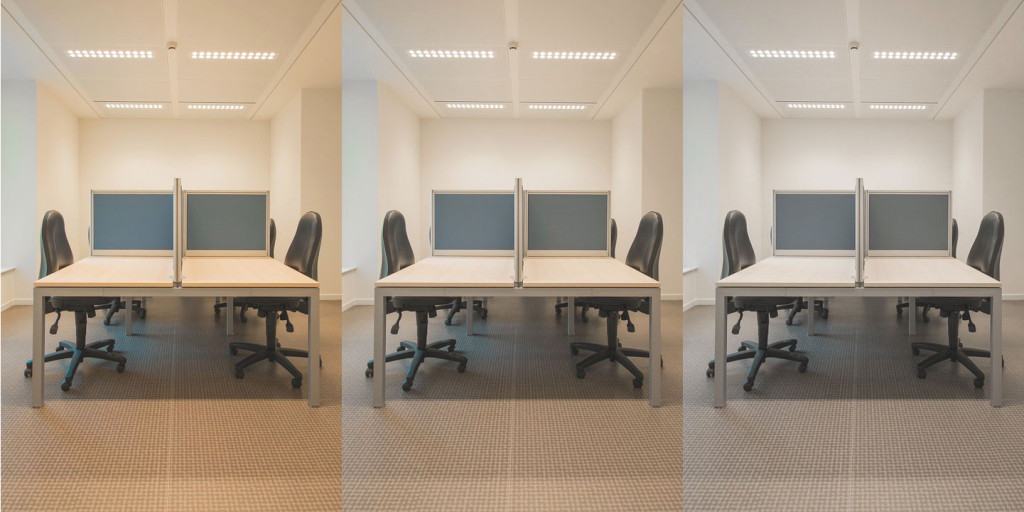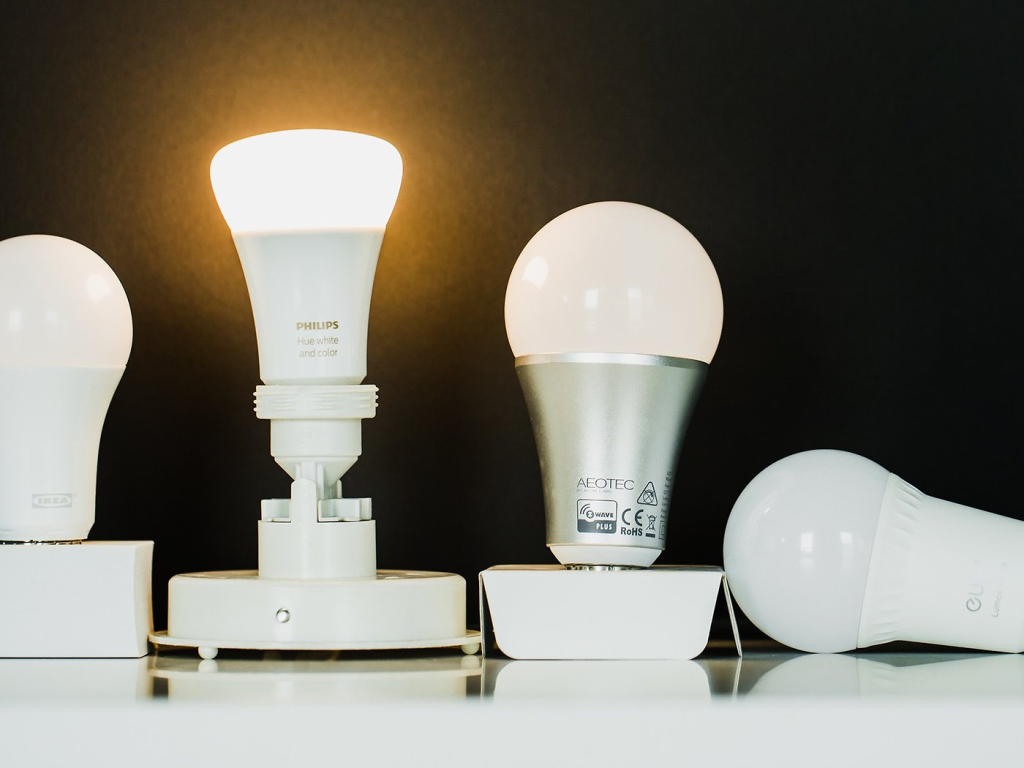Have you ever noticed how proper lighting can make you feel more focused and ready to tackle tasks? Well, it’s not just a coincidence; people often overlook the subtle yet powerful importance of proper lighting.
The best lighting can increase your productivity as a remote or on-site worker. This article is here to help you understand how the right lights can improve your work life, no matter where you are.
Understanding the Significance of Optimal Lighting

Creating an environment that promotes productivity involves considering several key lighting factors. Optimal lighting encompasses elements such as brightness, color temperature, and adaptability to ensure a well-lit workspace that meets the demands of various tasks.
1. The Power of Natural Light

For remote and on-site workers, leveraging natural light can significantly impact performance. Positioning your workspace near windows allows you to utilize the benefits of sunlight, positively influencing mood, reducing eye strain, and enhancing overall well-being.
Remote Work:
When working from home, strategically positioning your workspace close to a window can be a game-changer. Exposure to natural light extends beyond providing clear vision; it actively regulates your body’s internal clock, keeping you focused throughout the day.
The refreshing effects of natural light contribute to a healthier work environment and improved overall well-being, fostering a sense of connection with the external world even within the confines of your home office.
On-Site Work:
Traditional office spaces hold the potential for a vibrant and energizing atmosphere through the thoughtful addition of natural light. Ample windows, glass partitions, and open layouts collectively maximize exposure to the benefits of natural light. This enhances visibility within the workplace and contributes to a cheerful, uplifting ambiance, creating an environment conducive to collaboration and productivity.
2. Proven Peak Lighting Technologies
Modern lighting technologies extend beyond traditional bulbs. Smart lighting systems with customizable features adapt to circadian rhythms, supporting daily productivity. These proven technologies offer flexibility tailored to your preferences and work schedule.

- Task Lighting
Remote Work:
Task-specific lighting becomes a crucial consideration when working from home. Adjustable desk lamps are a practical solution, allowing you to direct light precisely where needed. This reduces eye strain and enhances your concentration on specific tasks, fostering a focused and comfortable work environment within the flexible confines of your home office.
Remote workers relying heavily on computers may benefit from adjustable desk lamps to minimize glare and provide optimal screen light.
On-Site Work:
In traditional office settings, recognizing the importance of individualized workspaces is vital. Providing employees with personal task lighting options empowers them to customize their workspace for maximum comfort and productivity. This personalized approach enhances the efficiency of task completion and adds a touch of individuality to the work environment.
- Colour Temperature: Setting the Right Tone

Lights have different spectral colours, and the amount of these colours put together results in a variety of whites, known as “warm,” “neutral,” and “cool” whites. The colour temperature of light, measured in Kelvin (K), is a critical factor influencing mood and focus in the workplace.
Remote Work:
The ideal colour temperature for remote work should be at least 4,000(K) Kelvin, replicating the natural daylight experience. This cooler light temperature promotes alertness and creates a workspace that is inherently conducive to sustained focus and efficiency, aligning with the demands of remote work.
On-Site Work:
In traditional offices, achieving a balanced atmosphere is essential. Utilizing cool lighting in common areas and warmer lighting in individual workspaces strikes a balance, catering to the different needs of employees and contributing to a matching and productive environment.
3. Reducing Glare and Eye Strain: A Clear Path to Success

Remote Work:
In a home office setup, minimizing glare is crucial for sustained productivity. Positioning your computer monitor perpendicular to windows helps reduce glare while using curtains or blinds provides control over natural light. Additionally, considering anti-glare screen protectors adds an extra layer of comfort, creating an environment conducive to prolonged focus.
On-Site Work:
Configuring office workstations to minimize glare from overhead lighting or external sources is paramount. Using diffusers and lighting angle adjustments significantly reduces eye strain among on-site employees, fostering a comfortable and visually accommodating workspace.
4. Smart Lighting Solutions: Integrating Technology for Enhanced Productivity

Embracing technological advancements is essential for staying ahead in the modern workplace, and smart lighting systems offer a seamless integration of technology and productivity.
Smart lighting systems, with features like color temperature adjustment and scheduling, empower users to create an ideal lighting environment tailored to their needs. This enhances overall productivity and represents a forward-thinking approach to workplace design, acknowledging the importance of technology in shaping contemporary workspaces.
Conclusion:
Pursuing the best lighting for optimal productivity remains a universal goal for remote and on-site workers. It involves creating an environment that facilitates success, whether collaborating in a traditional office or working independently from home. By incorporating the principles of optimal lighting into your workspace, you illuminate your path to enhanced productivity and success, regardless of your work location.

